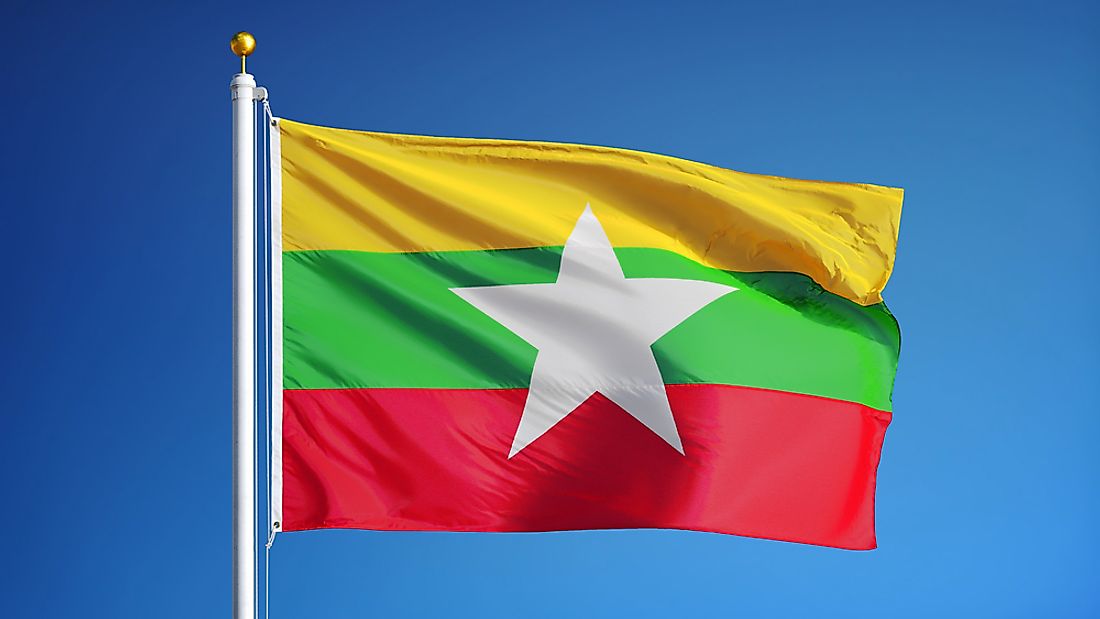What Type Of Government Does Myanmar Have?

The Government of Myanmar
The government of Myanmar, as defined by the Constitution of 2008, functions as a parliamentary republic. In this type of government, the heads of the Cabinet are responsible for carrying out the laws set forth by Parliament. In 2008, Myanmar established a new Constitution and created a new form of government, which is divided into 3 branches: legislative, executive, and judicial. This article takes a closer look at government of Myanmar.
History of the Government of Myanmar
From 1885 to 1948, Myanmar was governed as a British colony. This country gained its freedom after World War II in 1948, became a democracy, and established its first post-colonial Constitution. This Constitution refused civil rights to people from ethnic minority groups. In 1962, a military coup d’etat successfully overthrew the democracy and created a military socialist type of government.
The US and several European countries enacted economic sanctions and boycotts against the military government, resulting in the closure of several western-owned businesses located here. Additionally, various international NGO’s were involved in educating the public about human rights violations carried out by the government, causing large retail companies to stop obtaining products from Burma.
In response to these boycotts and sanctions, the military government of Burma agreed to political reform, permitting various political parties to run as public candidates in the 2010 and 2012 elections. On May 10, 2008, this country held its first national election since 1990, voting to approve the new Constitution. The 2010 parliamentary elections were won by the Union Solidarity and Development Party, supported by the military. Although many people believe these elections were fraudulent. In 2015, the National League for Democracy won the majority vote for both houses of Parliament, moving the country away from military-based rule.
Legislative Branch
The legislative branch of the government is divided between the national level and the local and regional levels. At the national level, the legislative branch is carried out by the Assembly of the Union (like Parliament), which is divided into two houses: the House of Nationalities and the House of Representatives.
The Constitution of 2008 guarantees the military 25% representation in the Assembly of the Union. The House of Nationalities is made up of 224 members. Of these individuals, 168 are elected by the general population and 56 are appointed by the military. The House of Representatives is made up of 440 members, 330 of whom are elected by the public and 110 of whom are guaranteed seats by military appointment.
Executive Branch
The executive branch is headed by the President of the country. The President is based on the political party with majority power in the Assembly of the Union. Currently, that political party is the National League for Democracy. The President is constitutionally responsible for overseeing the Cabinet; although in practice, the State of Councillor does this. The Cabinet is comprised of the Heads of several Ministries, including: Finance and Planning, Industry, Health, Transport and Communication, Ethnic Affairs, Defence, and Education (to name a few).
The executive branch must carry out the rules and regulations as established by the legislative branch.
Judicial Branch
The judicial branch of Burma remains heavily influenced by the British colonial-era laws and systems. The judicial system here does not, however, guarantee the citizens to a public trial and it is not an independent branch of government. The highest level of this branch is the Supreme Court, which is headed by one Chief Justice and an Attorney General. Burma does not agree to being held under International Court of Justice jurisdiction.











